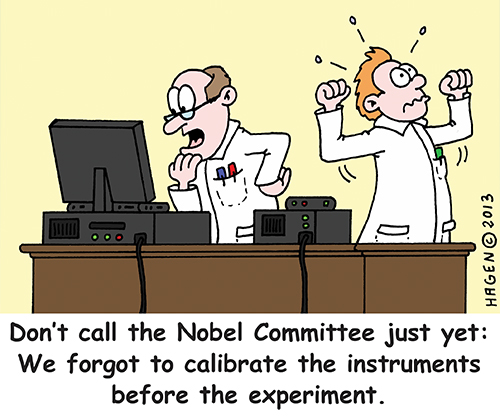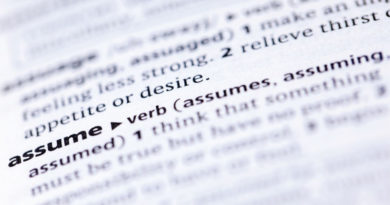To the Future!
By The Phantom
They always talk about the future and how rosy it’s gonna be. I had this great article all written based on what my crystal ball said the future held: programmers cutting rates, DBS going away, telcos folding up shop, etc. At my last review I went back to the crystal ball to check a few facts, and found the calibration was off. I send the crystal ball out for cal, and they call the next day to say that several parts have gone bad, and they cannot locate them with any of their distributors. Then I realized that my predictions had all been based on a kuput crystal ball.
So now I have to wing it, in the age of pundits dropping like flies. Interesting all the talk about ATSC 3.0. I’d wondered for a while how broadcasters were going to institute a non-compatible new standard while serving their existing viewers, and in an era of people trying to grab their spectrum. Well, someone took me into a back alley one night and explained it so that I could understand it. Suppose we have four stations in a market, A, B, C, and D. Taking advantage of being able to fit more than one HD program in a channel, Station A starts sharing B’s transmitter, and C starts sharing with D, using ATSC 1.0. The audience doesn’t know the difference because each station sends a program ID telling the TV what to display and what to tune. Now with no signals on channels A and C, these two transmitters are converted to ATSC 3.0. After the conversion, B starts using A’s transmitter and D starts using C’s transmitter, all in ATSC 3.0. The four stations continue to transmit ATSC 1.0 on B and D, while simultaneously broadcasting ATSC 3.0 on A and C’s newly-converted transmitters. After a long enough time for ATSC 3.0 sets to take over the market, B and D shut down their ATSC 1.0 transmitters to convert them to ATSC 3.0. When that is done, then each station transmits from its own transmitter, filling the extra bits they get with whatever they deem most profitable.
Here’s a thought: fast-forward to that grand and glorious day when ATSC 1.0 is gone. Suppose all four stations decide that they like the cost savings of sharing a transmitter (assuming you can get two UHDTV signals on one transmitter by then), and they decide that maybe they want this to be the permanent arrangement. I’m sure the FCC would love to have half the TV spectrum back.
 So what does this have to do with us? Well, the opening shots have already been fired in the battle of the cable industry’s obligations to carry broadcast signals during the transition interval, and SCTE/ISBE is considering the implications of “redistribution” (the new term). On the surface it doesn’t seem such a problem — what do you care if you get a station’s signal on frequency A or frequency B? Well, ATSC 3.1 uses a much more advanced compression algorithm, HEVC, which allows you to shoe-horn in more programs in the same MHz. But the TV stations will likely transmit UHDTV, which takes mucho more throughput, even with advanced compression. And we need our spectrum for more data. Our set-tops don’t know what to do with HEVC or UHDTV, so that means all-new set-tops. Or will there be traditional set-tops by then at all? Will all the excitement about over-the-top (from which we derive good revenue on the data side) supersede the need for set-tops because the functionality is built into the TVs (less the security function, which we supply)?
So what does this have to do with us? Well, the opening shots have already been fired in the battle of the cable industry’s obligations to carry broadcast signals during the transition interval, and SCTE/ISBE is considering the implications of “redistribution” (the new term). On the surface it doesn’t seem such a problem — what do you care if you get a station’s signal on frequency A or frequency B? Well, ATSC 3.1 uses a much more advanced compression algorithm, HEVC, which allows you to shoe-horn in more programs in the same MHz. But the TV stations will likely transmit UHDTV, which takes mucho more throughput, even with advanced compression. And we need our spectrum for more data. Our set-tops don’t know what to do with HEVC or UHDTV, so that means all-new set-tops. Or will there be traditional set-tops by then at all? Will all the excitement about over-the-top (from which we derive good revenue on the data side) supersede the need for set-tops because the functionality is built into the TVs (less the security function, which we supply)?
Uh oh, “less the security function, which we supply.” Hummm, shades of multiple bygone eras. We’ll have a new head of the FCC, maybe several, by that time. Wonder what the Commish is gonna do. All change is uncomfortable, but I’m glad I’m haunting cable TV, because we’re resourceful enough to survive change! To paraphrase Mark Twain, “Reports of cable’s death have been greatly exaggerated.”
 The Phantom
The Phantom
the.phantom@youwontfindmeanywhere.com
You never know when The Phantom is standing right beside you. Sometimes he is in a meeting with you or walking the floor at your favorite cable show. Sometimes he’s hanging with the suits and other times with the front liners. But be assured, The Phantom sees all, The Phantom knows all and, most importantly, The Phantom tells all.
Credit: Cartoonstock.com



